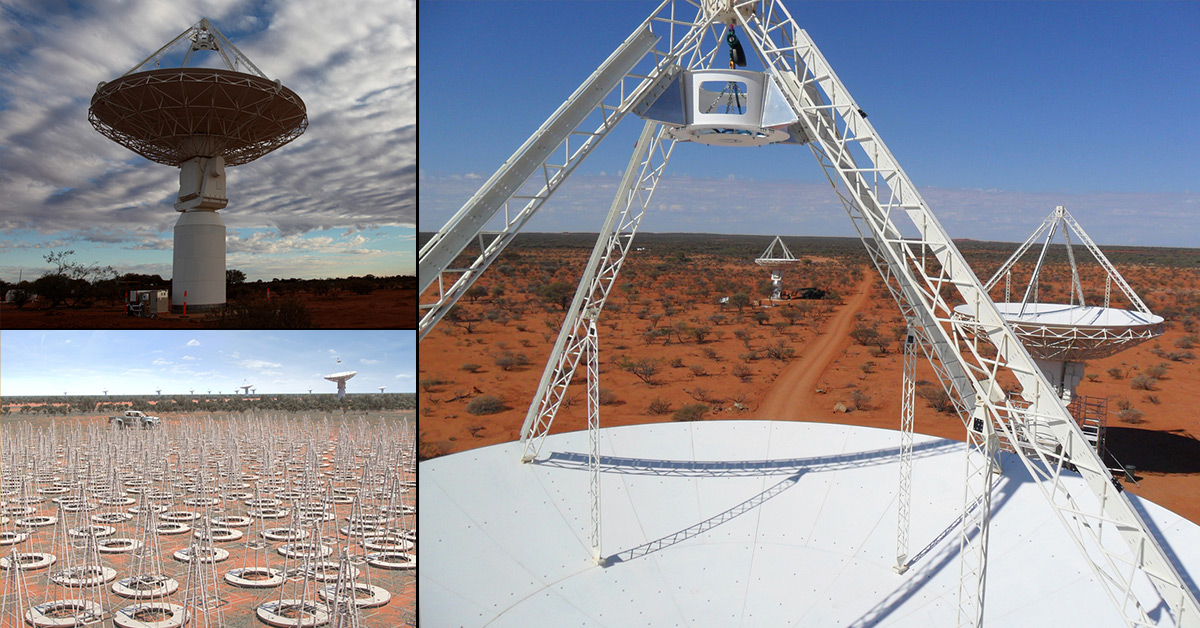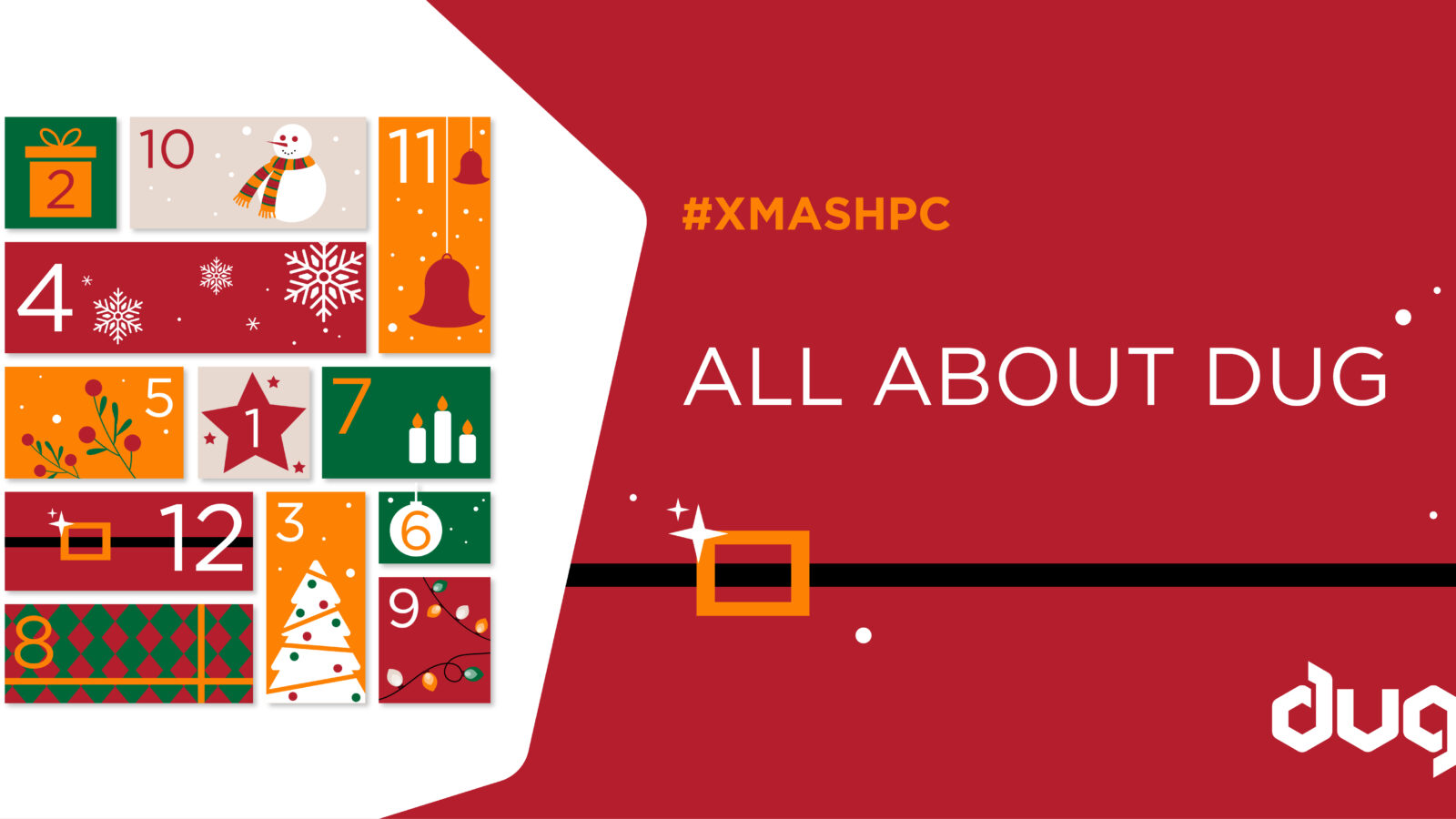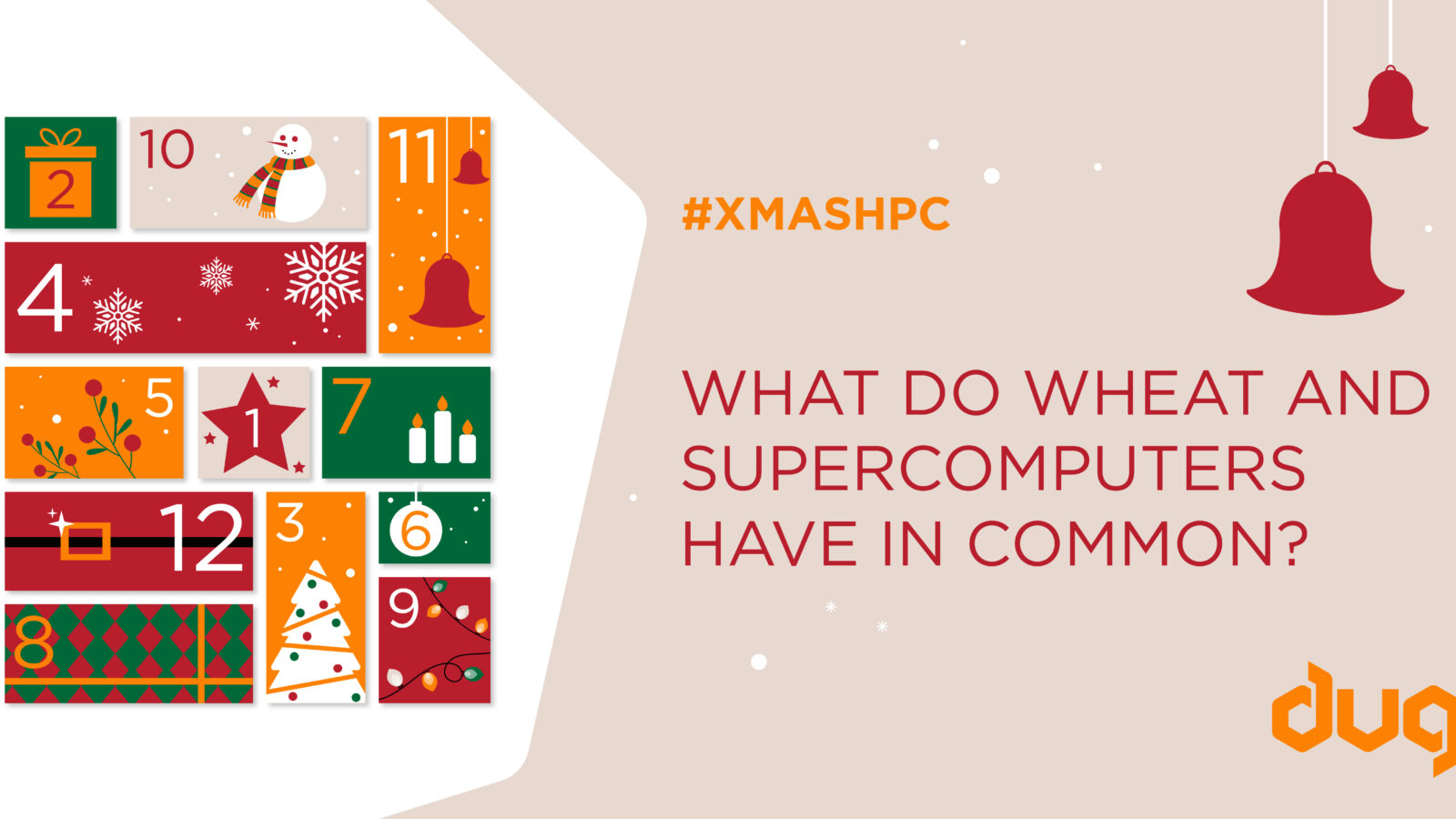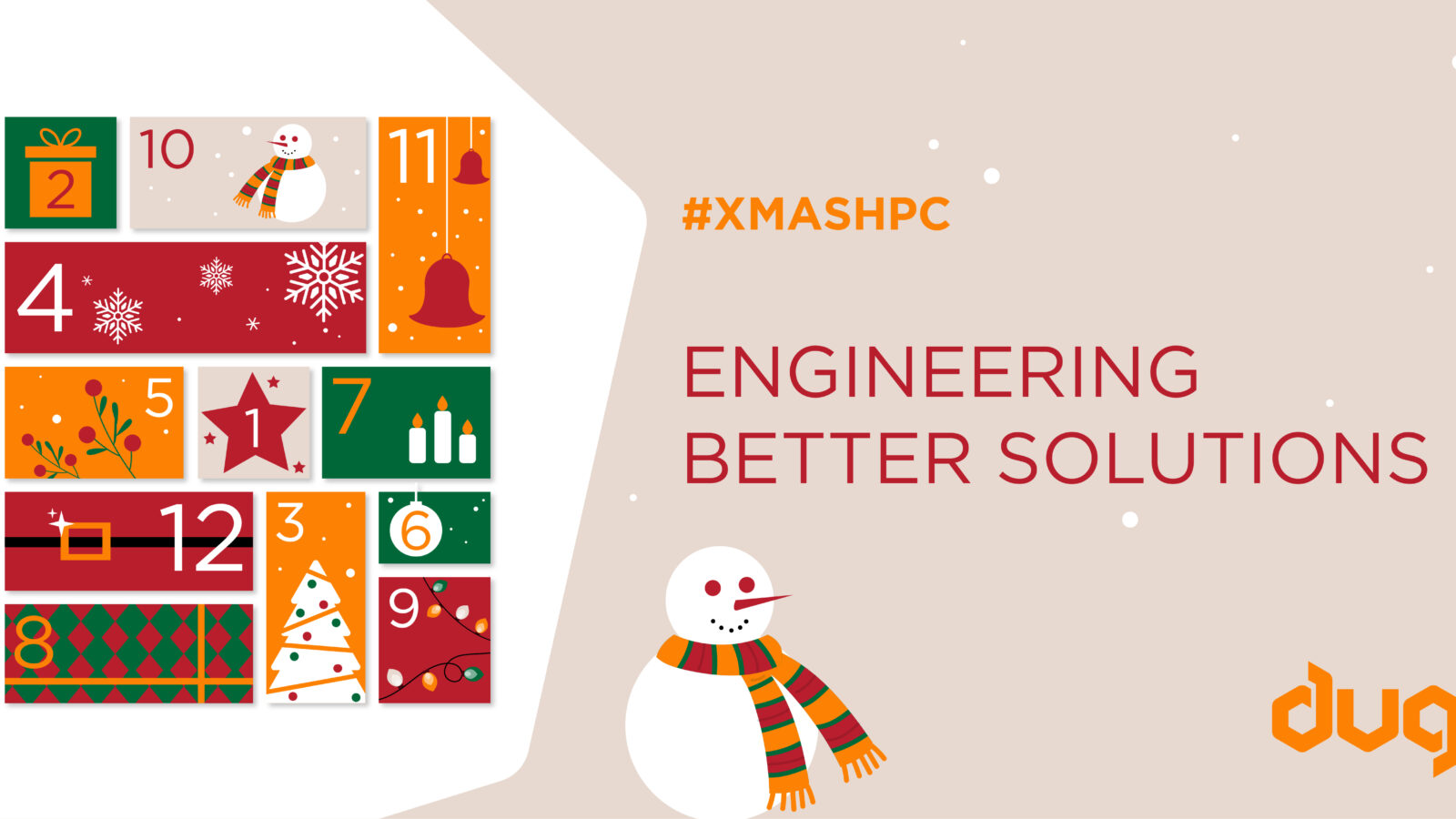The Square Kilometre Array (SKA) is shaping up to be one of the largest science experiments ever undertaken. It is often described as a software-telescope, which somewhat undersells the massive size and spread of an instrument capable of covering over 1 million square metres of collecting area. The data volumes it will produce, and consequently the compute requirements, will be immense. The data flows will be on the scale of petabits, or a million billion bits, per second – more than the global internet rate today – all flowing into a single building in the Murchison. The pre-cursor and pathfinder telescopes already built demonstrate the technological feasibility of the project, and help guide the software and compute requirements for the full facility.
The user community is in full swing analysing data from the Murchison Wide Field Array (MWA), Australian Square Kilometre Array Pathfinder (ASKAP) and Experiment to Detect the Global Epoch of Reionization Signature (EDGES), all situated at the Murchison Radio-astronomy Observatory (MRO) in the Murchison district of Western Australia.
They are also busy thinking about and defining the requirements of the computational environment they will need. This user survey report highlights some of the strengths of the current environment and, more importantly, areas that require more development.
Plenty of great information direct from the users themselves.




































